|
Uploaded: 2/13/2005 3:36:04 PM Categories: Elevations Final Boards Layering Schematics |
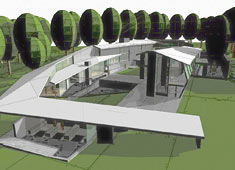 |
|
|
Uploaded: 10/14/2004 1:15:22 PM Categories: Concepts Layering Playblasts Pre-Visualization Schematics |
 |
|
|
Uploaded: 3/11/2004 12:08:34 PM Categories: Analytical Drawing Physical Models Pre-Visualization |
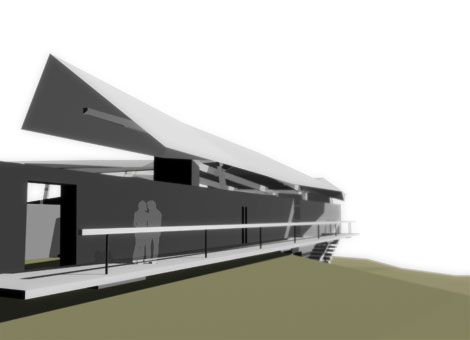 |
|
|
Uploaded: 1/30/2004 6:36:05 PM Categories: Drawing Pre-Visualization |
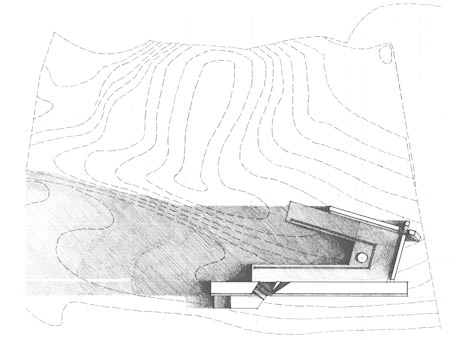 |
|
|
Uploaded: 12/7/2003 6:01:16 PM Categories: Analytical Drawing |
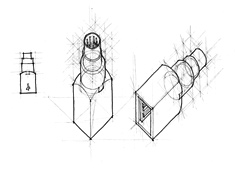 |
|
|
Uploaded: 10/26/2003 5:13:43 PM Categories: Concepts Drawing Physical Models Pre-Visualization |
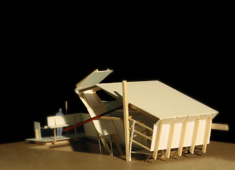 |
|
|
Uploaded: 10/9/2003 4:39:20 PM Categories: Physical Models |
 |
|
|
Uploaded: 4/22/2003 4:10:03 PM Categories: Concepts Final Boards Pre-Visualization |
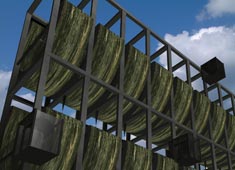 |
|
|
Uploaded: 10/20/2002 1:10:36 PM Categories: Analytical Movies |
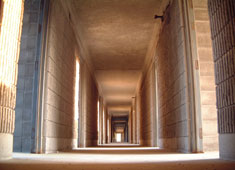 |
|
|
Uploaded: 10/2/2002 12:32:00 PM Categories: Furniture Physical Models Technical |
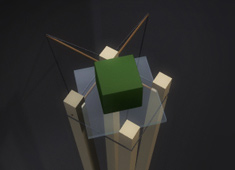 |
|
 Newer Projects
Newer Projects
 Chalasani House
Chalasani House